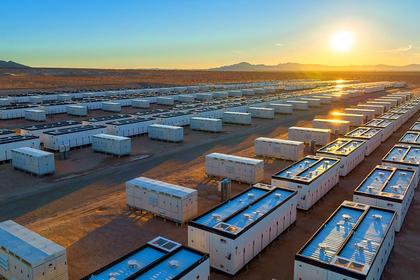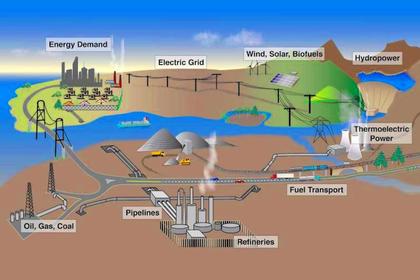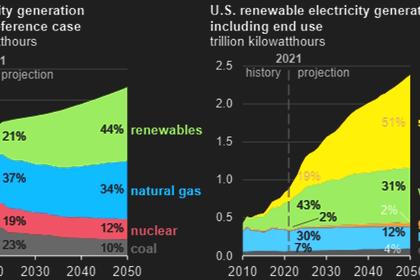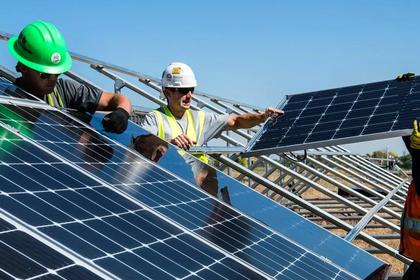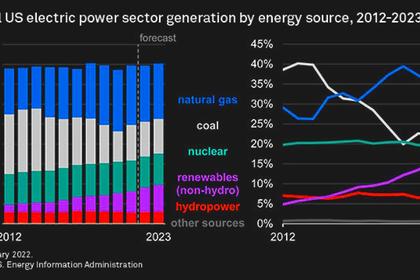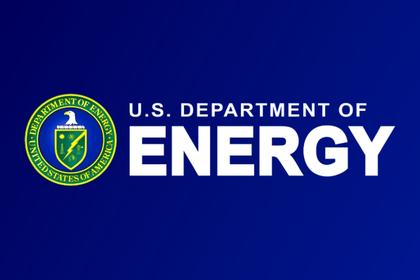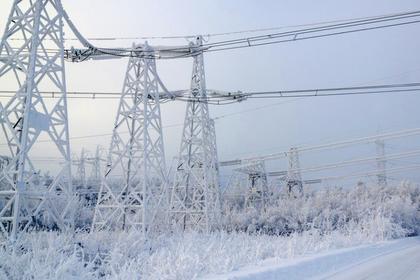
U.S. ELECTRICAL RESTRICTIONS
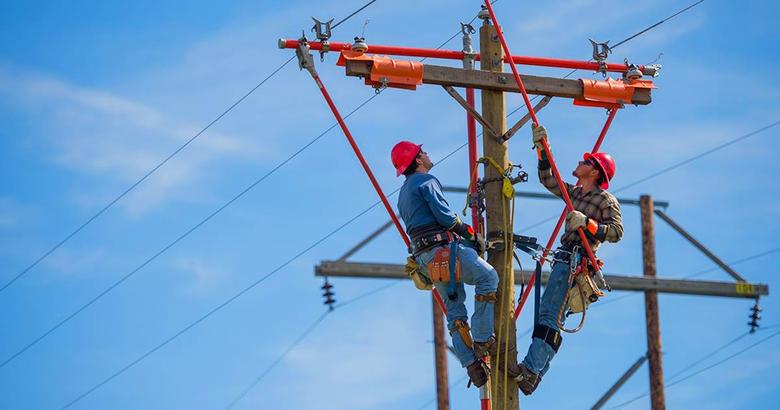
Executive Producer and Host, White House Media, LLC
ENERGYCENTRAL - Dec 7, 2023 - How To Bring Back Nuclear — A New Paradigm Changing The Role Of Government.
The nation’s electric supply is on the edge of a disaster. This year, it was a wing-and-a-prayer situation in California and Texas.
Next summer looks bleak. That is the forecast, now the waiting. Where the first blackout will occur and when is now a reasonable question.
The back story is bad also, terrifyingly so. The global warming target adopted by 196 parties in Paris in 2015 isn’t being met. Listen to the laments from the COP28 conference in Dubai.
No great tranche of new generation is in the U.S. pipeline, yet the demand for power continues to rise exponentially. More so for reliable, predictable power, known in utility parlance as dispatchable. In short, power which is available when it is needed.
Nuclear always comes up in discussion as the reliable, dependable future source of clean, dispatchable electricity.
But if you think nuclear is going to arrive on the scene in time to save the day like Blucher’s Prussians, think some more.
It isn’t going to happen because there is no mechanism to bring new nuclear power online. I mean all nuclear power, whether it is from new large light water reactors of the type that now provide about 20 percent of our electricity or from the new small modular reactors, mesmerizing so many.
The nuclear paradigm is broken and can’t be repaired. It needs to be rethought, root and branch.
While small modular reactors have received a lot of federal money, only one, NuScale, has received certification from the Nuclear Regulatory Commission. That, I have been told, cost $500 million.
It looked as though it would be the first small modular reactor to be built in the United States — although it uses light water technology and is, in that sense, not revolutionary. NuScale had a contract with UAMPS, a large nonprofit power supply organization which sells bulk power to municipal systems in seven Western states.
The projected rise in the cost of power from NuScale’s first plant, which was to have been built at the Idaho National Laboratory, caused UAMPS to terminate its agreement with aNuScale in early November.
The NuScale struggle is illustrative of the problem of a first-of-its-kind installation. It may yet find a U.S. customer, but the effect is to shine a light on a seminal challenge for nuclear: How to build the first reactor, license it, and start making and selling others to utilities in a power-hungry world.
To me – and I have been covering nuclear power since 1969 — a new paradigm for commercialization needs to be established.
Here is the equation: The United States is entering a period of severely constrained electric supply. Demand is rising — including anticipated electric load from artificial intelligence, the need to shutter all coal facilities, and the limits to transmission from the renewable resources (wind and sun) 0f the West — and it will overwhelm the system unless it is substantially augmented with new generation.
To bring back nuclear power, to establish it as the technology with the least environmental impact when externalities are considered, the government’s role needs to be reimagined.
The government works best when it pulls; much less well when it pushes. At present, it is pushing nuclear power.
To pull, the government needs to set goals, then ask private industry to get to a place certain, and then provide the underwriting for the journey.
If the Kennedy administration had told the aerospace industry to find ways to get to the moon, we may never have gotten there. Instead, it said in effect, “Get us there.” Many contractors made the moon shot possible. The government was pulling.
I would suggest that the nuclear industry establishment sit down with key players in government and work out a strategy whereby the administration would underwrite first-of-its-kind plants and sell those when they were up and running.
There are many government sites, including Idaho, where reactors could be sited.
The nature of nuclear is that it will always have government involvement, from proliferation safeguards to management of nuclear materials, to waste disposal. Nuclear is unique, and its relationship with government is unique. They are linked in an essential, indissoluble bond.
Electric supply is critical. The official death toll from Winter Storm Uri in 2021 was 246. That is more than a statistic: It is 246 Americans who froze to death because there wasn’t enough electricity. Ponder that.
Ponder, too, how a productive dynamic can be introduced into the nuclear industry-government relationship. The time has come.
-----
This thought leadership article was originally shared with Energy Central's Clean Power Community Group. The communities are a place where professionals in the power industry can share, learn and connect in a collaborative environment. Join the Clean Power Community today and learn from others who work in the industry.
-----
Earlier:
